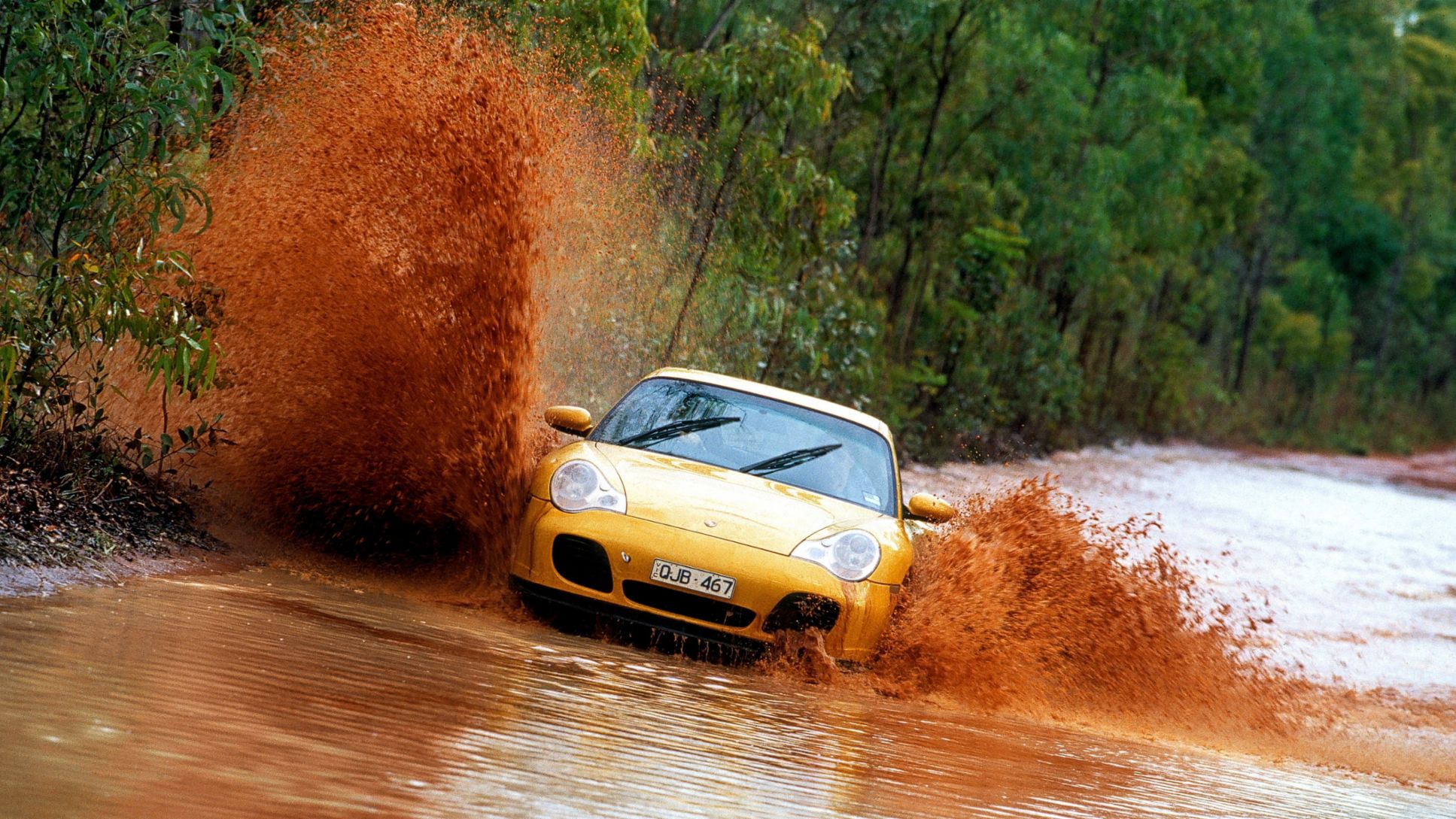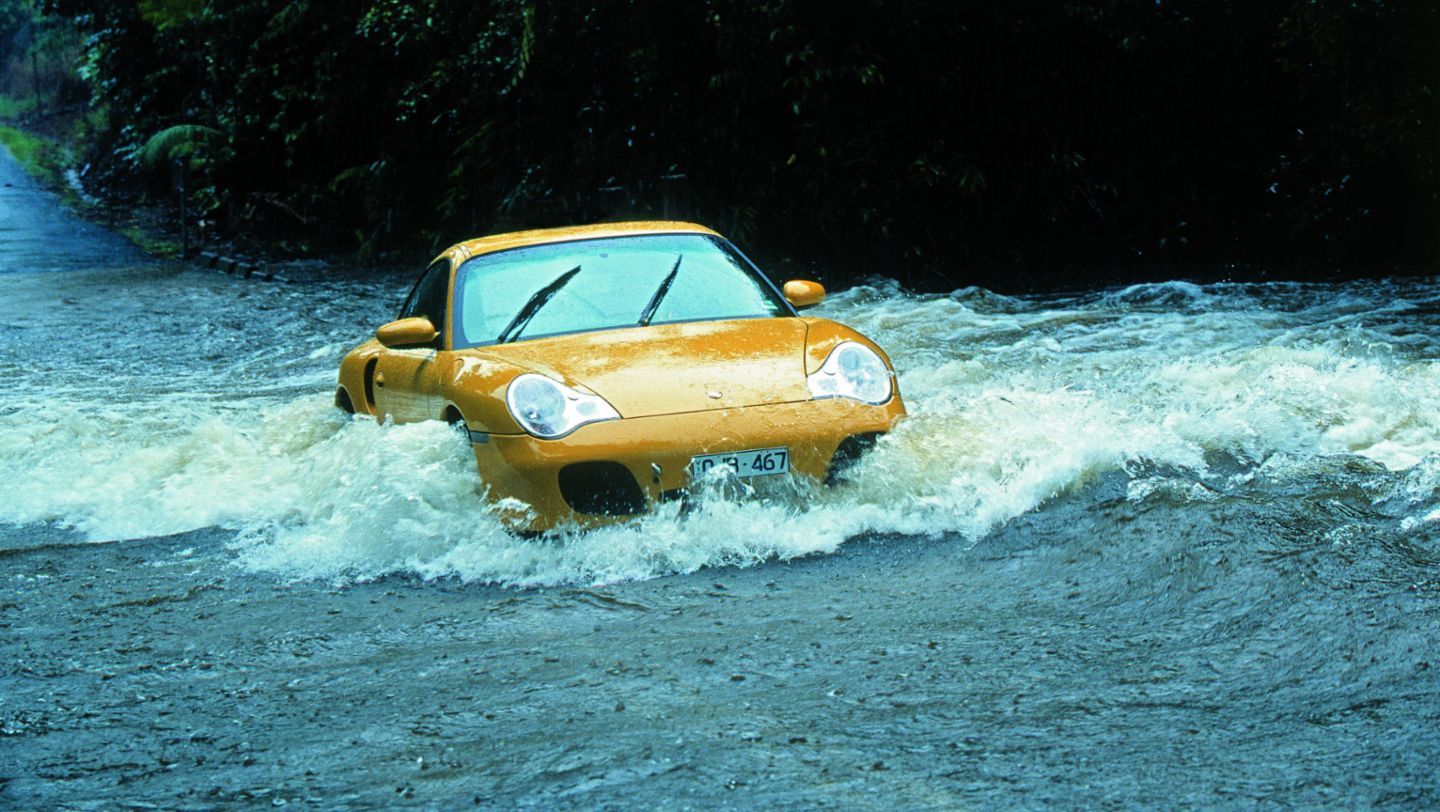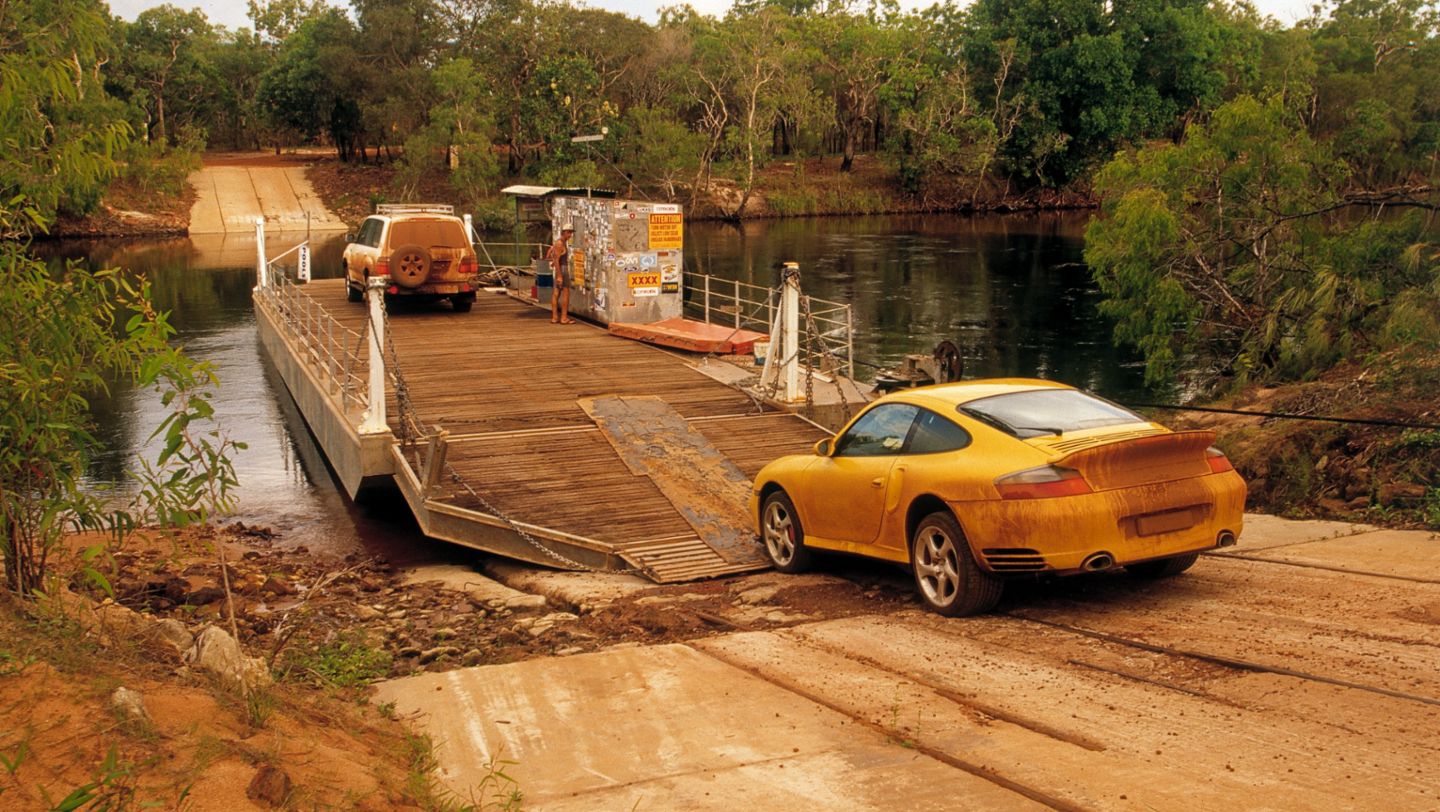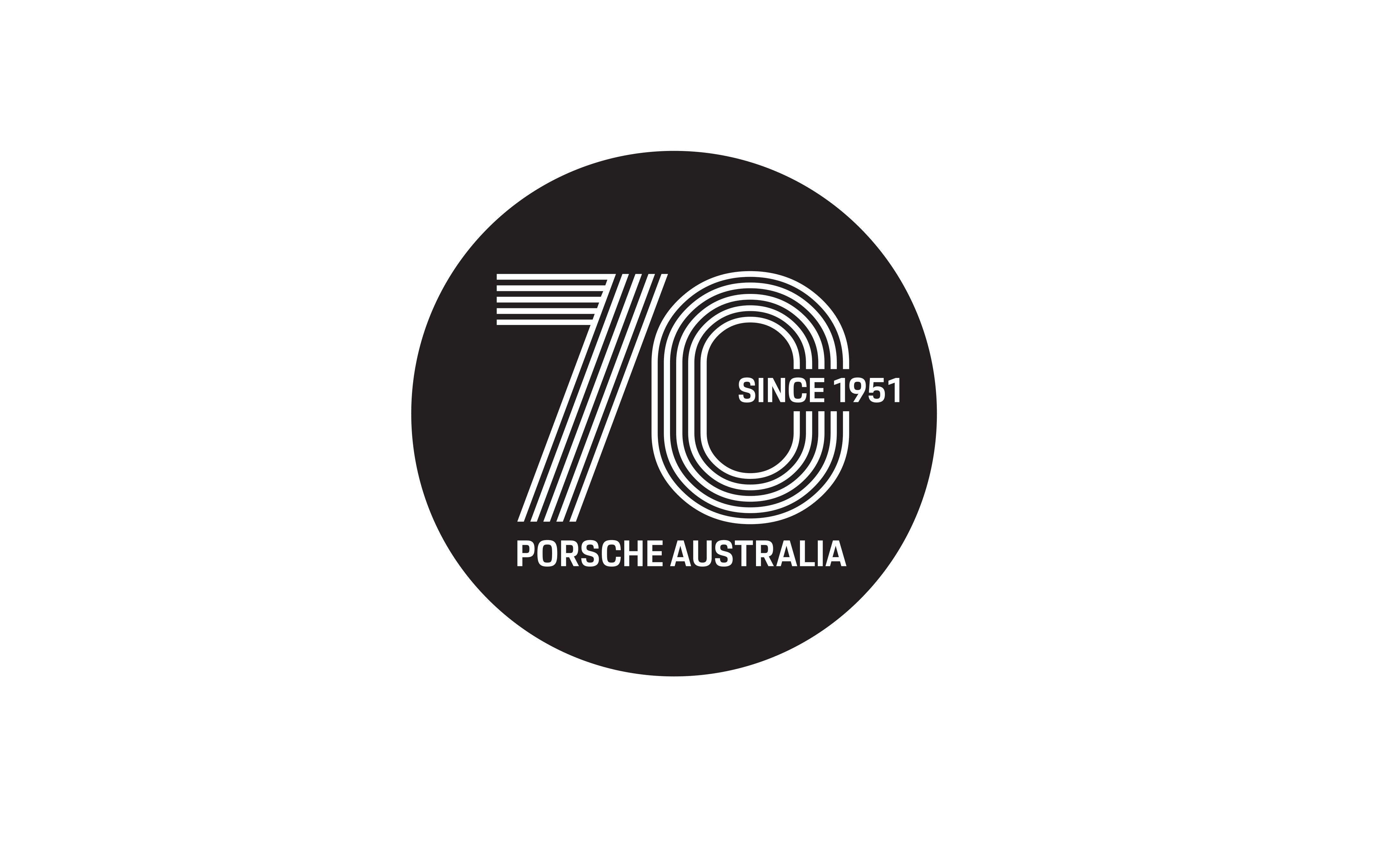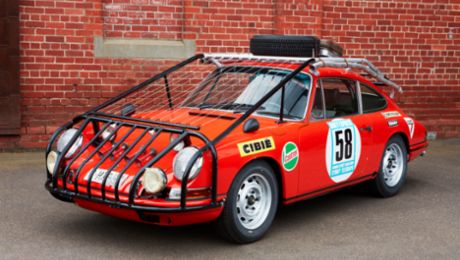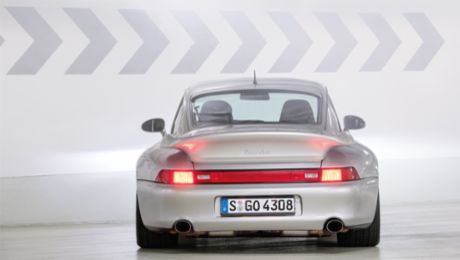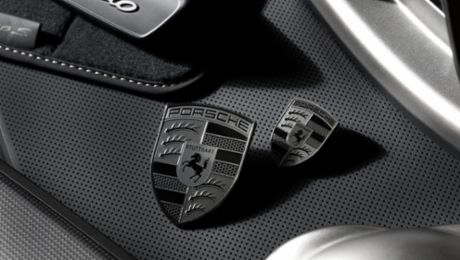Jutting into Torres Strait, 3,733 kilometres north of Sydney, but just 100km from the Papua New Guinea coast, the Cape York Peninsula is a remote, tropical adventure destination, with an intriguing multi-cultural history before white settlement of the region began in the mid 1800s.
There are good reasons why even the most adventurous Porsche owner might want to spare their pride and joy the rigours, ruts and mud of the unsealed 640km Cape York Developmental Road, which stretches north from Laura to Bamaga.
Worming its way up the peninsular, it’s not the most direct way to the very top of Australia. That honour is reserved for the swoopy Telegraph Track. It defies the terrain to take the most uncompromising route north, plunging down narrow riverbank canyons to cross swollen creeks, traversing wobbly log bridges and scrambling up steep, muddy banks in what is one of the country’s most exciting off-road journeys, one that has become a right-of-passage for many intrepid travellers in winch-equipped, high-rise 4WDs.
But these battered war horses do not exceed 300km/h, nor can they accelerate to 100km/h in three seconds, or delight sporting owners on the Nordschleife.
Porsche has periodically put its off-road credentials on the line, as it did with the first Australian 356 Coupe that survived the history-making 1953 REDeX Trial, the three Porsche 911s that contested the 1968 London-Sydney Marathon, the first right hand drive Porsche 924 that finished ninth in Australia’s 1979 Repco Reliability Trial, or the factory-modified 911 driven by René Metge and Dominique Lemoyne that won the 1984 Paris–Dakar Rally.
Later, in 1993, Britain's Francis Tuthill stormed to victory in the London-Sydney 1993 re-enactment, driving another early 911.
But the trip to Cape York in 2000 was just to prove a point – that Porsche had the strength and credentials, soon to be demonstrated in the Cayenne, to be more than the world’s best sportscar. Besides, it was a novel way of getting one of the new 996-series 911 Turbos to the far north of Australia for the high-speed media launch of the new model, several weeks later in the Northern Territory.
To prepare it for the Cape York challenge, the otherwise standard Speed Yellow manual transmission 911 Turbo, was given minimal preparation. It included a little extra ground clearance for the challenge by inserting 200mm-thick aluminium spacers between its body and suspension sub-frames, while extra water-proofing sponge was inserted in the door jambs and other places that might leak water under pressure during its anticipated crossing of flowing rivers up to one metre deep.
It was undoubtedly serious 4WD country, but the extraordinary all-roads capabilities of Porsche’s all-wheel-drive technology gave the challenge credibility.
After being road-freighted to Cairns, the Turbo’s trip to the Cape began with a challenge: the unexpected early start to the northern ‘wet season’.
The flash floods closed the coastal road to Cooktown at Cape Tribulation. Re-routing took the Turbo back across the Daintree River to connect with the Mulligan Highway and then onto the unsealed Development Road when the bitumen ran out at Lakeland. From there, seemingly never-ending corrugations gave the Porsche’s taut sportscar suspension a hammering, with the brakes given a solid workout every few kilometres as they bring the car from its cruising speed to near walking pace to avoid damage on the many ‘dips’ in the road.
At the turnoff to the Western Cape bauxite mining town of Weipa, the track to Bamaga seemed to give up any pretence of being a road and dissolved into a long, sticky, muddy puddle as more unseasonal rain fell. This roused some concern about the level of the water in Wenlock River crossing ahead.
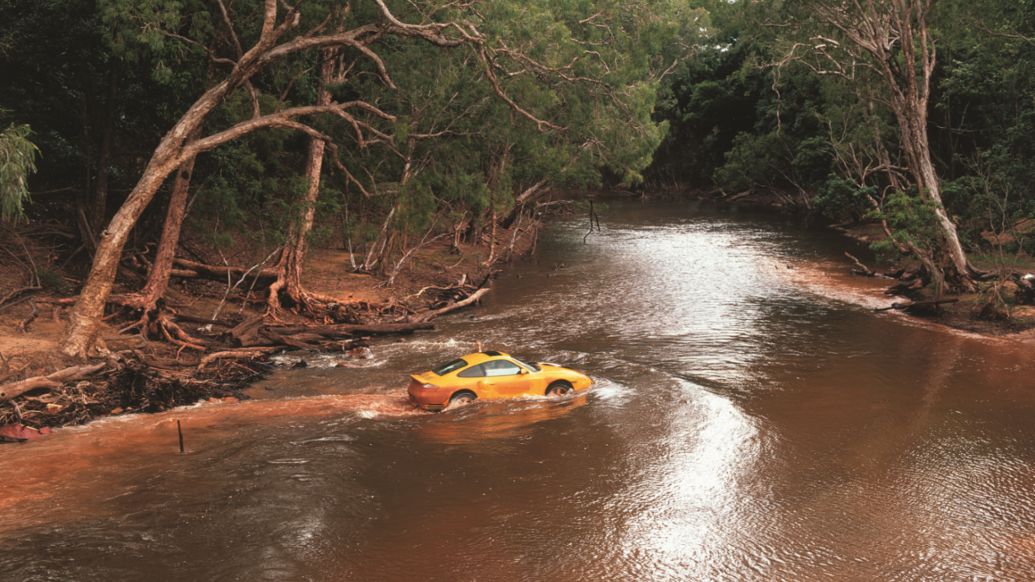
There’s a sturdy concrete bridge there now that was under construction at the time, with construction workers and those travellers camped at the Moreton Telegraph Office, located on the opposite bank, quickly gathering to watch the ‘crazy southerners’ take their $300,000 Porsche swimming.
The rain had undoubtedly swollen the river and increased its flow speed, but an exploratory walk through at the end of a rope established it was still do-able as long as the Turbo’s twin-turbo 3.6 litre six cylinder engine kept running.
The crossing was achieved steadily, but determinedly. Then to a round of applause from the gathered crowd, it crested the northern back of the Wenlock and continued on its trek to Bamaga.
If you ignored the corrugations, the dips and the endless slippery red mud, the remainder of the trip was relatively straightforward for the Porsche. But here there was one final challenge ... the rocky outcrop that the Porsche was committed to take on to claim its credentials of reaching ‘The Tip’.
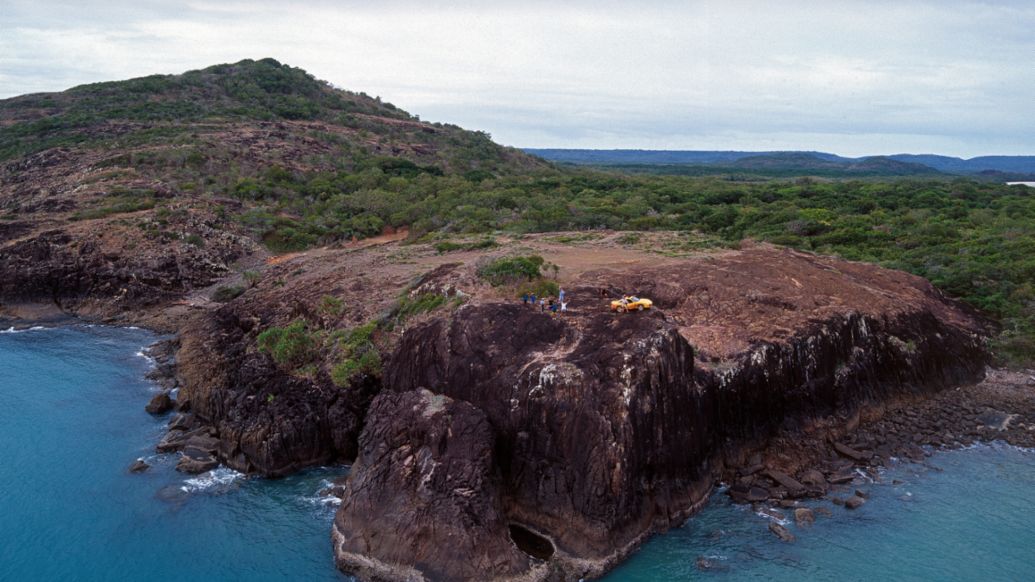
Those final 50 metres were the slowest of the entire expedition and were accomplished at less than walking speed on four, three and sometimes just two wheels, without a dent or scratch. Then the Turbo rested proudly on its laurels for the cameras as the first sportscar to have reached the northernmost part of the Australian mainland.
A week later, after being driven back down the Cape and across the Gulf country to Darwin, the detailers were surprised to find red mud behind the headlights.
Several days later, its speedometer was indicating 315km/h north of Tennant Creek on the then derestricted Stuart Highway on the official media launch of the fastest road-going Porsche model of its era.
Who would have guessed where it had just been!
Visit porsche.com/australia/70years for more information regarding 70 Years of Porsche in Australia, as well as following @PorscheAus on social media.
Follow Porsche Cars Australia
On Instagram
On YouTube
On LinkedIn
On Twitter
